A Vineyard
in Ronda
The vineyards of Ronda are distinguished by the use of many different grape varieties, different soils and different altitudes, which can produce very different wines.
Viticulture in Ronda was a traditional cultivation, which practically came to an end with the phylloxera. Varieties were planted in the 80’s by Prince Alfonso and Federico Schatz. They brought foreign varieties, mainly from the Bordeaux area. As our vineyards were among the last to be planted in Ronda, we were able to learn from previous experiences, planting the varieties that are best suited to the area.
We primarily cultivate Garnacha tinta, Garnacha tintorera, and Garnacha blanca. We also grow, to a lesser extent, other minor varieties such as Syrah, Tintilla de Rota, Viognier, and Moscatel.”
THE COUNTESS
OF GUADALEVÍN
Huerto de la Condesa is located within the historic estate of Heredad de Nuestra Señora de los Dolores, which was constructed at the request of the Countess of Guadalevín, Doña Carmen Ábela García (1849–1924), a prominent figure in Ronda’s bourgeois society.
The title of Countess of Guadalevín was granted by King Alfonso XII as a lifetime honor in 1917 to Doña Carmen Ábela García in recognition of her contributions to the city of Ronda and to the State, highlighting the construction of the Concepción barracks and the restoration of the old Church of Socorro.
She commissioned the creation of the gardens of the Casa del Rey Moro and the Heredad de Nuestra Señora de los Dolores to Nicolás Forestier, a famous French gardener known for designing María Luisa Park in Seville and the gardens of the Liria Palace in Madrid.

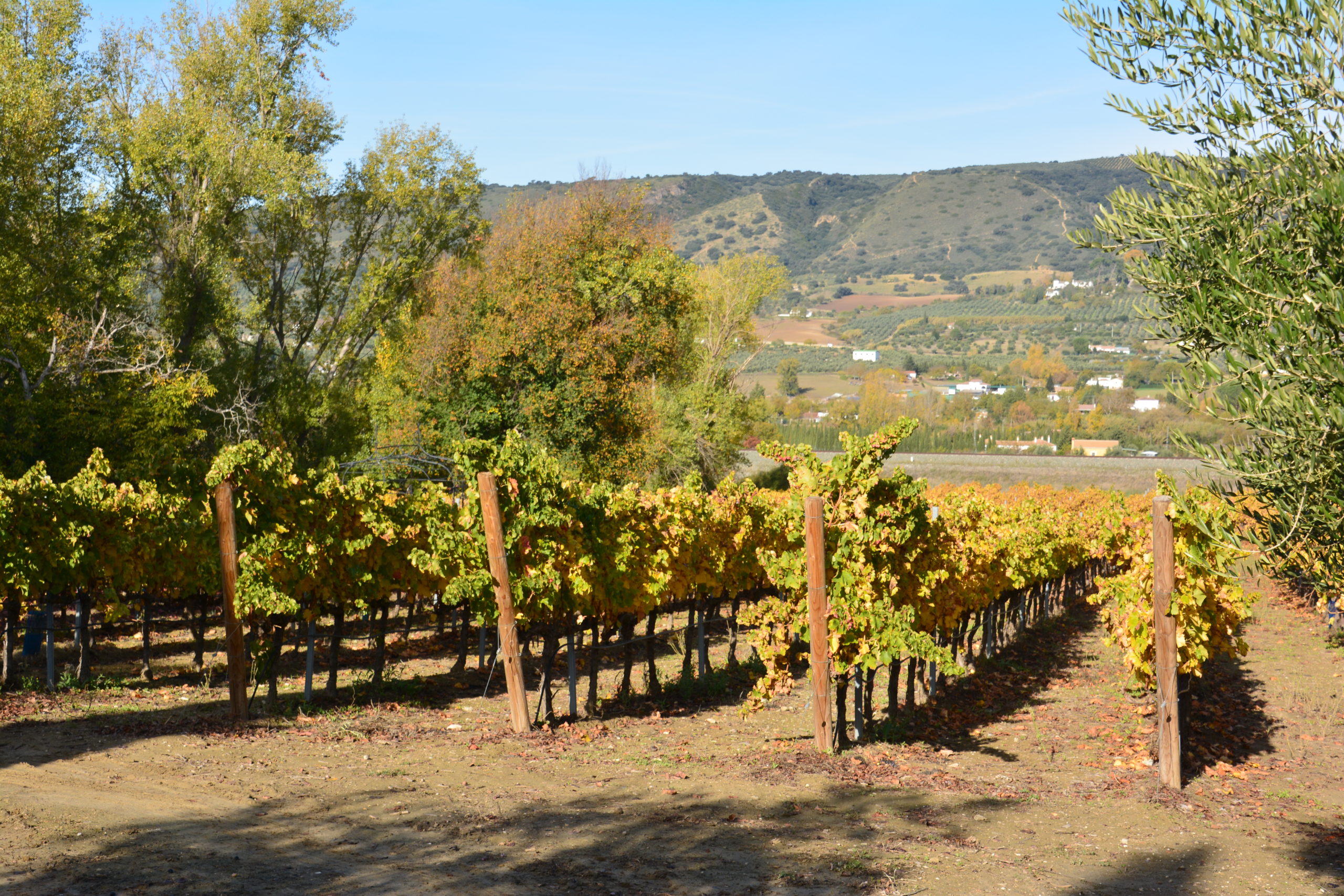
THE RAILWAY
One of our wines is called El Chacachá, inspired by the onomatopoeia of the old steam trains. Our vineyards border the Ronda-Algeciras railway, which is one of the most beautiful railway routes in Spain, crossing unique landscapes like the Buitreras gorge.
The collective sentiment of the people of Ronda was the first project to bring the railway to the town. The railway was primarily developed by English financiers with the involvement of the French engineer Carlos Lamiable. The development of the Ronda-Algeciras railway initiated tourism in the region, and under its influence, the Reina Cristina hotel in Algeciras and the Reina Victoria hotel in Ronda were built, both featuring similar English architecture.
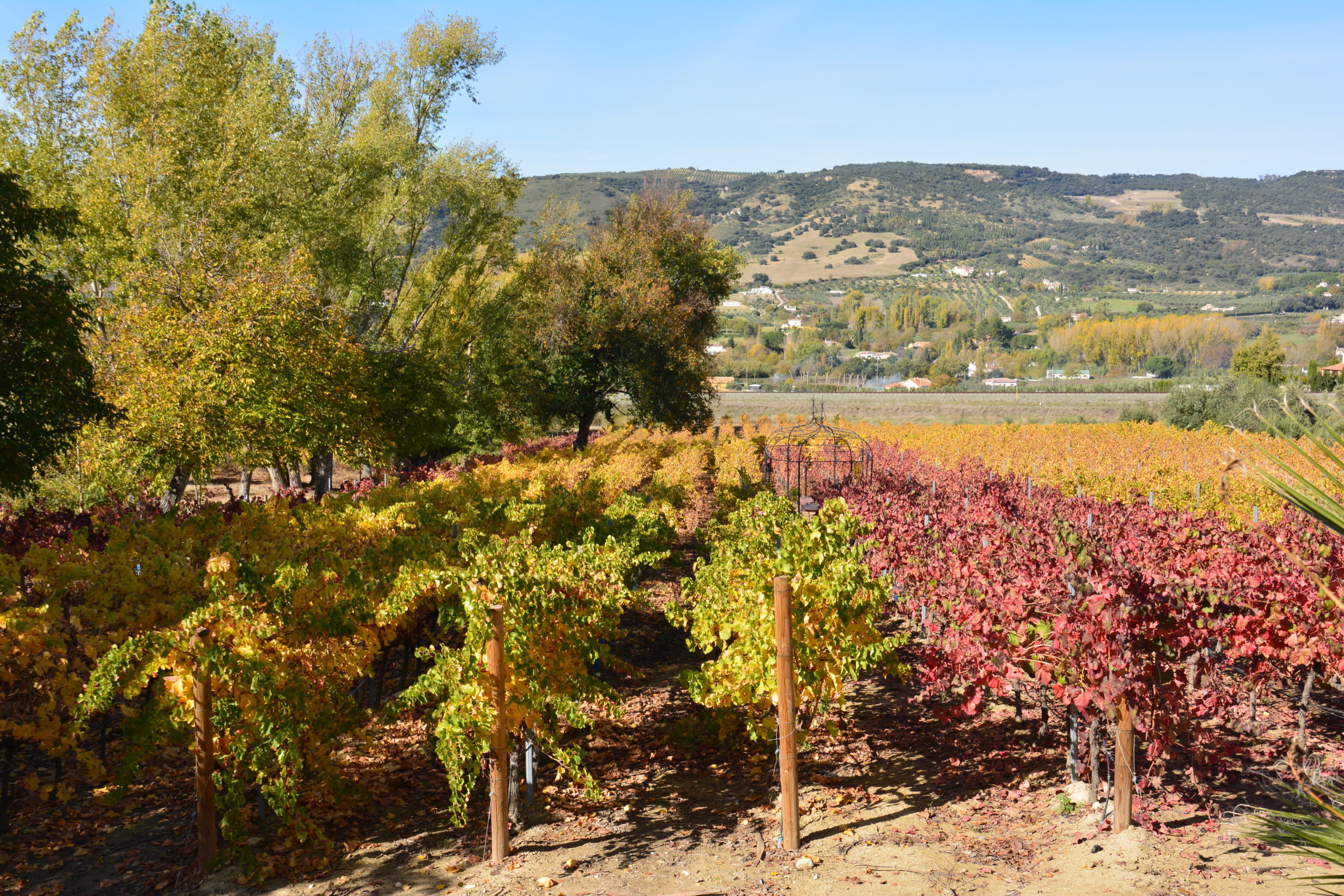
ROMANTIC
RONDA
During the 19th century, the romantic image of the city and its Serranía was forged, where the world of banditry, the muleteers of the Serranía, and its cultural wealth made a deep impression on English travelers who, at first on horseback and later by train, would disembark in Gibraltar and travel through Andalusia starting from the Serranía of Ronda. These aspects have since become symbols of our culture and tradition—stunning peculiarities that make it one of the most picturesque regions of Spain.
MODERN
RONDA
Today, it has become one of the most visited cities in Andalusia, with new attractions such as the Ascari racetrack and the new oil mill designed by Philippe Starck, as well as numerous wineries and a culinary scene recognized in the best guides.
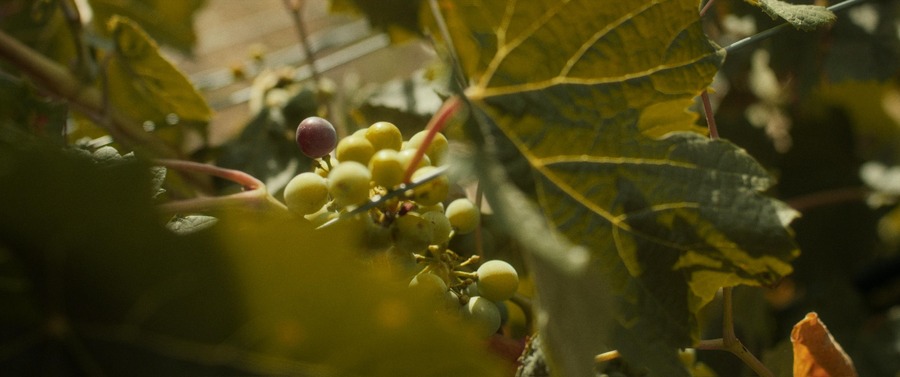
THE VINEYARD
AND RONDA
The vineyard was, until the phylloxera plague, the main agricultural activity in Ronda, which was almost entirely lost and only began to recover in the late 20th century, thanks to the planting carried out by Prince Alfonso of Hohenlohe, the promoter of Marbella Club.
The vineyards of Ronda are distinguished by the use of a variety of grape types, different soils, and varying altitudes, allowing for the production of very different wines.
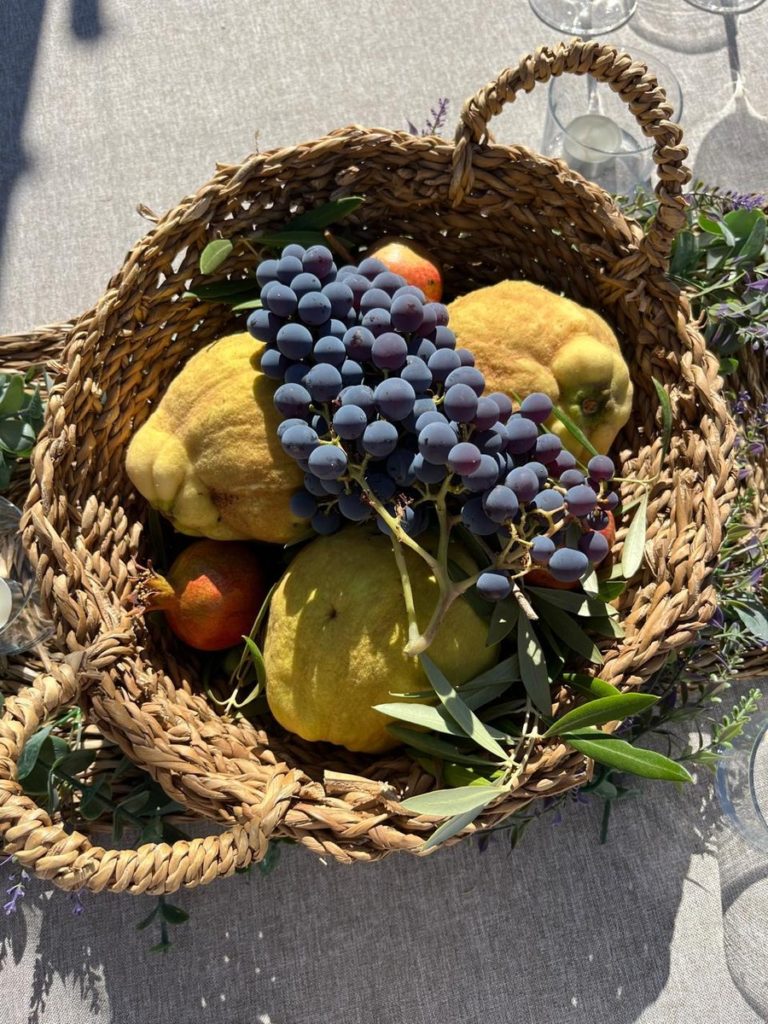
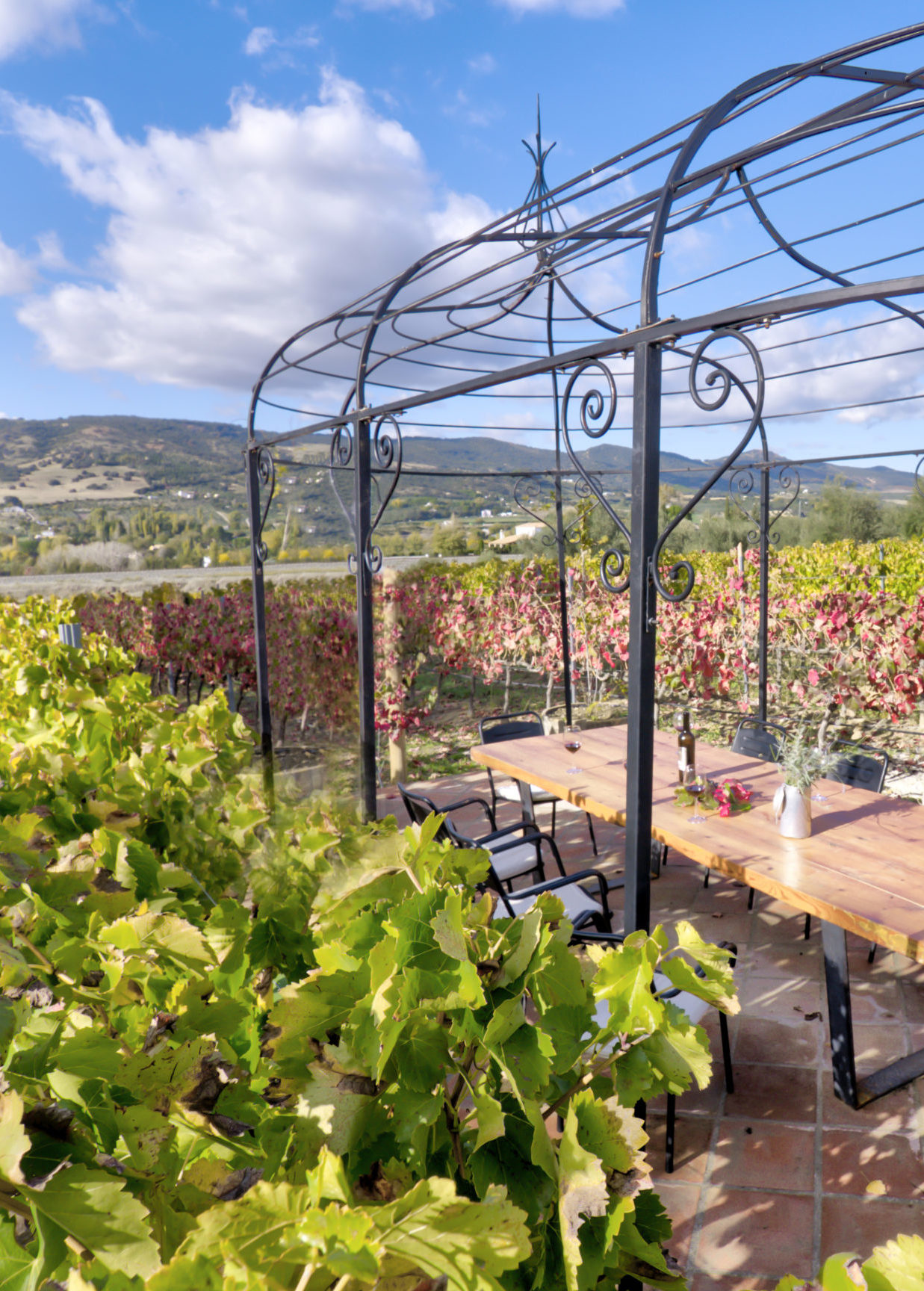
THE LAND
The Huerto de la Condesa vineyard is located in the valley of the Guadalcobacín River on clayey-sandy soil, which has good drainage capacity. The estate is crossed by a small stream that divides it in two, featuring walnut trees, poplars, spiny shrubs, quince trees, and willows.
THE CLIMATE
The temperatures are milder than in the rest of the municipality, being regulated by the Guadalcobacín River. There are significant temperature fluctuations between night and day, which aid in the ripening of the grapes.
THE VARIETIES
In 2008 we planted one hectare of Garnacha and in 2010 we planted another hectare of Syrah, both on trellises. In 2023 and 2024, we have planted another five hectares mainly with red Garnacha, white Garnacha and also some plants of Garnacha tintorera, Tintilla de Rota and Viognier; varieties that are perfectly adapted to the climate of Ronda.
Every year the vines are thinned and pruned in green in order to improve the quality of the clusters.


